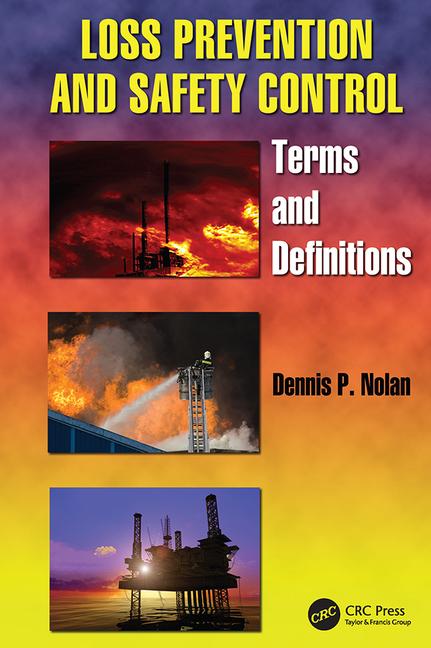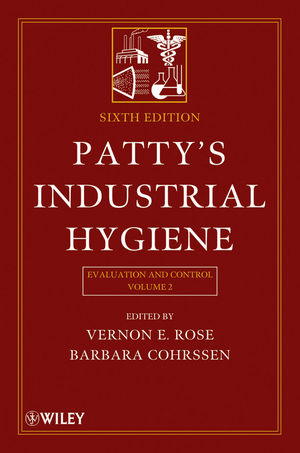An electric arc flash is the result of an arc fault that superheats the air around it, expanding and creating a pressure wave within an electrical enclosure. This massive heat and energy wave can inflict serious injuries. Extreme temperatures reach up to 35,000 degrees Fahrenheit — almost four times the surface temperature of the sun. And the pressure wave from the blast can equal that of a hand grenade.
The cause of the arc flash could be as simple as a rodent, snake, dust or water accidentally entering the electrical equipment, or it could be human error, such as an employee accidentally leaving a tool inside the enclosure or forgetting to tighten a connection. Other events result from poor or improper maintenance of facilities and equipment.
Arc-resistant motor control centers
Standards like NFPA 70E – Electrical Standard for Safety in the Workplace have put more focus on providing a practical, safe working area for employees by helping to reduce the hazards associated with electrical energy, including arc-flash risks.
Arc-resistant motor control centers (MCCs) and intelligent control systems can help mitigate exposures. This type of equipment is designed and tested to control arc-flash exposure by controlling the spread of the arc or channeling the high temperature and pressure wave away from personnel. Some systems include remote monitoring and control capabilities designed to minimize the amount of time personnel are required to be near the equipment, helping to further reduce the safety risk.
Arc-resistant control equipment, including low voltage (LV) and medium voltage (MV) control centers, are designed, tested and built to contain and redirect the energy away from personnel. The level of protection for those working around arc-resistant equipment is defined by an Accessibility Type.
The ability of arc-resistant control equipment to provide Type 2 or 2B accessibility, as defined in IEEE standard C37.20.7-2007, is another important aspect to understand. Type 2 accessibility helps shield personnel on the front, rear and sides of the enclosure from the effects of an internal arc fault. Type 2B accessibility allows control compartment doors to remain open while retaining the cabinet’s arc-resistant capabilities.
Rugged structural designs and a well-supported, isolated and insulated bus system are critical for arc-resistant equipment to withstand the effects of an arc-flash event. Two-side sheets on every section and robust bus support designs also contribute significantly to the ability of the equipment to contain and redirect the arc-flash energy.
Additional options, such as blown-fuse indication, exterior viewing windows on unit doors, arc tested infrared viewing windows and finger-safe component barriers, are just a sample of the available options that help provide further protection and reduce the risk of personnel making contact with energized components.
One of the newest features in LV and MV MCC technology is the use of built-in networking and preconfigured software. By including a built-in industrial network, based on an open protocol, along with MCC monitoring and configuration software, users can remotely monitor, configure and troubleshoot the MCC, minimizing the need for personnel to enter into an arc-flash boundary zone.
Clearing the confusion
Understand performance criteria that must be met before the equipment can be classified as an arc-resistant design. “Arc-resistant,” as it applies to electrical equipment like MV MCCs, is a recognized industry term defined by IEEE C37.20.7-2007. The standard defines the test requirements that must be met and the expected performance the equipment must deliver in the event of an arc flash.
In many cases, motor controls that are not arc-resistant simply cannot withstand the effects of internal arcing faults for the tests prescribed in the IEEE standard. Instead of achieving the advanced level of protection being sought, many users instead are relegating their strategy (perhaps unknowingly) to one based solely on preventive measures. This limited approach may not fully address arc-flash dangers and may only protect a small scope of users.
A fundamental approach to arc-flash safety must include all personnel, electrically qualified and nonqualified. Arc faults can occur during normal operation without any specific human action and affect someone simply “minding their own business,” such as walking by the equipment or sweeping the floor in the equipment room.
Sticking to the standards
In the case of LV MCCs, another area of confusion centers on the claim that keeping the doors of an MCC closed during insertion and removal of power stabs provides a lower risk, and therefore allows users to adhere to a reduced level of required PPE. The reality is no industry standard allows users to reduce the risk category of an MCC application just because the door is closed.
According to NFPA 70E, PPE levels are to be determined by either using the “default” hazard/risk category tables contained in the standard or by calculating the expected arc-flash incident energy using one of the methods described in the standard. For the closed-door activities described in the default tables, the hazard/risk category assumes that no abnormal condition (like an arc fault) will occur, or if it does, the unit door will remain closed. This is a potentially fatal assumption if the equipment is not rated as arc resistant.
Even if reducing the risk category by keeping the door closed on a LV MCC were allowed, the real question is: Will the door stay closed in the event of a fault in the unit? The reality is that during an internal arcing fault, the doors of equipment that is not arc-resistant may come open, even if they were properly closed and latched per the manufacturer’s specifications.
Diligence pays off
Ultimately, the best prevention against exposure to an arc flash is a safety program that complies with the requirements outlined in the NFPA 70E standard and implements arc-resistant control equipment. Beyond that, the most important advice is “shut it off.”
Because of high-production volumes and the use of multiple and differing automation systems in a single plant, identifying and significantly reducing potential hazards can be a complex task. This means manufacturers must be diligent in their training practices and highly selective in their technology choices to increase workplace safety in compliance with present safety standards.


